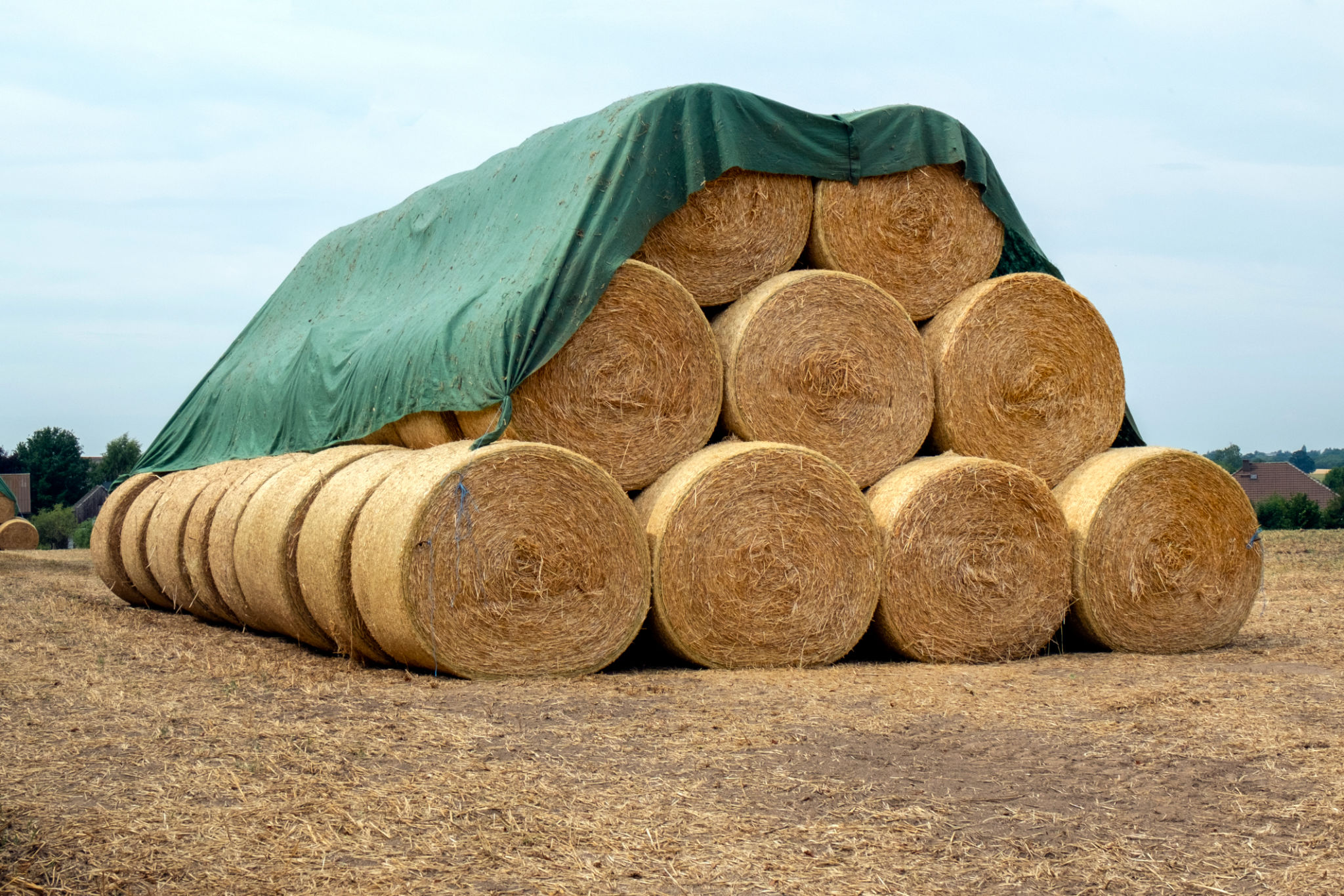How Packaging Drives Sustainability and Efficiency in Agri-Business
AY
Packaging in Agriculture: Beyond Product Protection to Strategic Advantage
In agriculture, packaging is not merely a protective layer; it’s a strategic asset integral to product integrity, logistics, and brand marketing. From extending product freshness to enhancing environmental sustainability, packaging shapes the agricultural supply chain. This analysis delves into the essential role of packaging in agriculture, explores cutting-edge innovations, and identifies key trends transforming the sector.
Packaging's Role in Agricultural Supply Chains
Packaging is essential at every supply chain stage, from farm to consumer, going beyond containment to preserving product quality, minimizing waste, and streamlining distribution. For perishable goods like fruits, vegetables, and dairy, packaging protects against physical damage, moisture, and contamination, directly extending shelf life. For grains and cereals, durable packaging safeguards against pests and environmental hazards.

Transportation and Logistics Efficiency
Agricultural products often travel great distances before reaching consumers. Robust packaging is critical to ensuring goods arrive intact, reducing the risk of spoilage or damage while optimizing space in transportation. This efficiency reduces costs and mitigates the sector’s environmental footprint by minimizing the frequency of shipments required.
Brand Identity and Consumer Engagement
In retail, packaging serves as a powerful marketing tool that attracts consumers and distinguishes products in a competitive marketplace. Effective packaging conveys brand values, communicates essential product information, and can even influence purchase decisions, ultimately shaping the consumer’s perception of a product.
Sustainability in Agricultural Packaging
As consumers increasingly prioritize eco-friendly options, sustainable packaging is becoming vital. The sector is responding by adopting biodegradable, recyclable materials and reducing packaging volume, aligning with both regulatory demands and environmental awareness. This shift not only minimizes waste but also supports the agriculture industry’s commitment to environmental stewardship.
Compliance and Product Safety
Regulatory compliance in agricultural packaging is crucial for ensuring consumer safety, from food safety standards to traceability in the supply chain. Proper labeling, hygienic materials, and adherence to industry standards are essential components of packaging safety, building consumer trust and ensuring product authenticity.
Evolution of Packaging Materials in Agriculture
Traditionally, agriculture relied on materials like jute and paper, valued for their affordability and availability. However, these materials offered limited durability and moisture resistance. The adoption of synthetic materials, such as polypropylene and polyethylene, marked a significant improvement, enhancing protection against moisture and enabling versatile design options to meet specific storage and transport needs.
Innovations in Packaging Technology
Modern advancements blend traditional materials with new technologies, leading to innovations like net wrap systems that use both natural and synthetic fibers. These solutions offer superior protection, ventilation, and product visibility, reflecting a shift towards multifunctional packaging.

The Push for Sustainable and Smart Packaging
As sustainability drives packaging choices, the industry is increasingly exploring alternatives that reduce environmental impact without compromising product protection. Biodegradable materials, packaging volume reduction, and improved recyclability and compostability are all areas under development. Looking forward, smart packaging technologies that allow for real-time quality monitoring may soon enhance freshness and reduce waste, addressing both environmental and consumer demands.
Conclusion
In the agricultural sector, packaging is far more than a container—it’s a cornerstone of product quality, logistical efficiency, brand identity, and sustainability. As the industry advances, innovative and sustainable packaging solutions will be essential in meeting consumer expectations, reducing environmental impact, and ensuring the longevity of agricultural enterprises.

